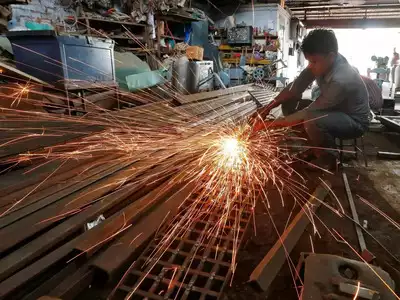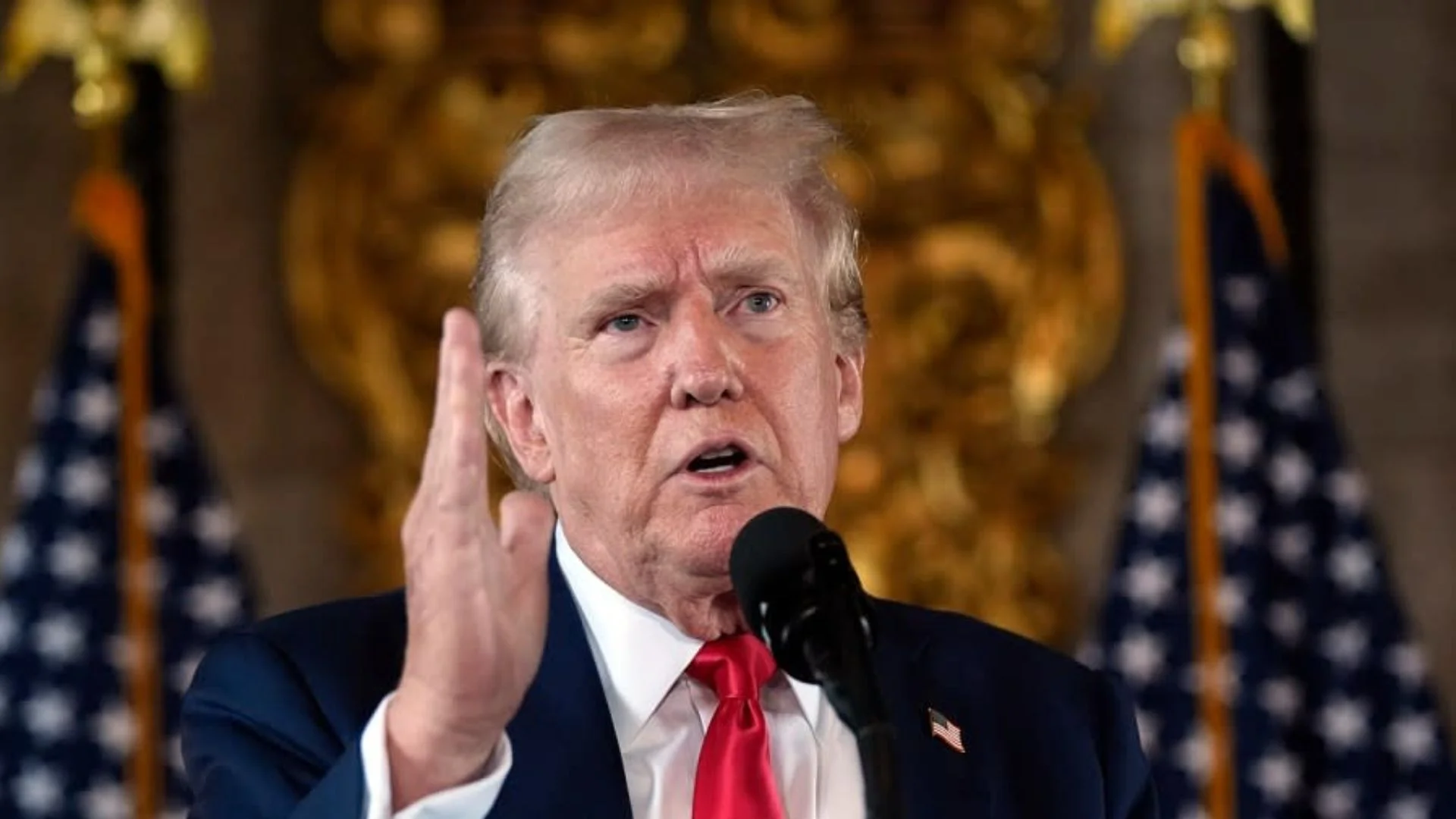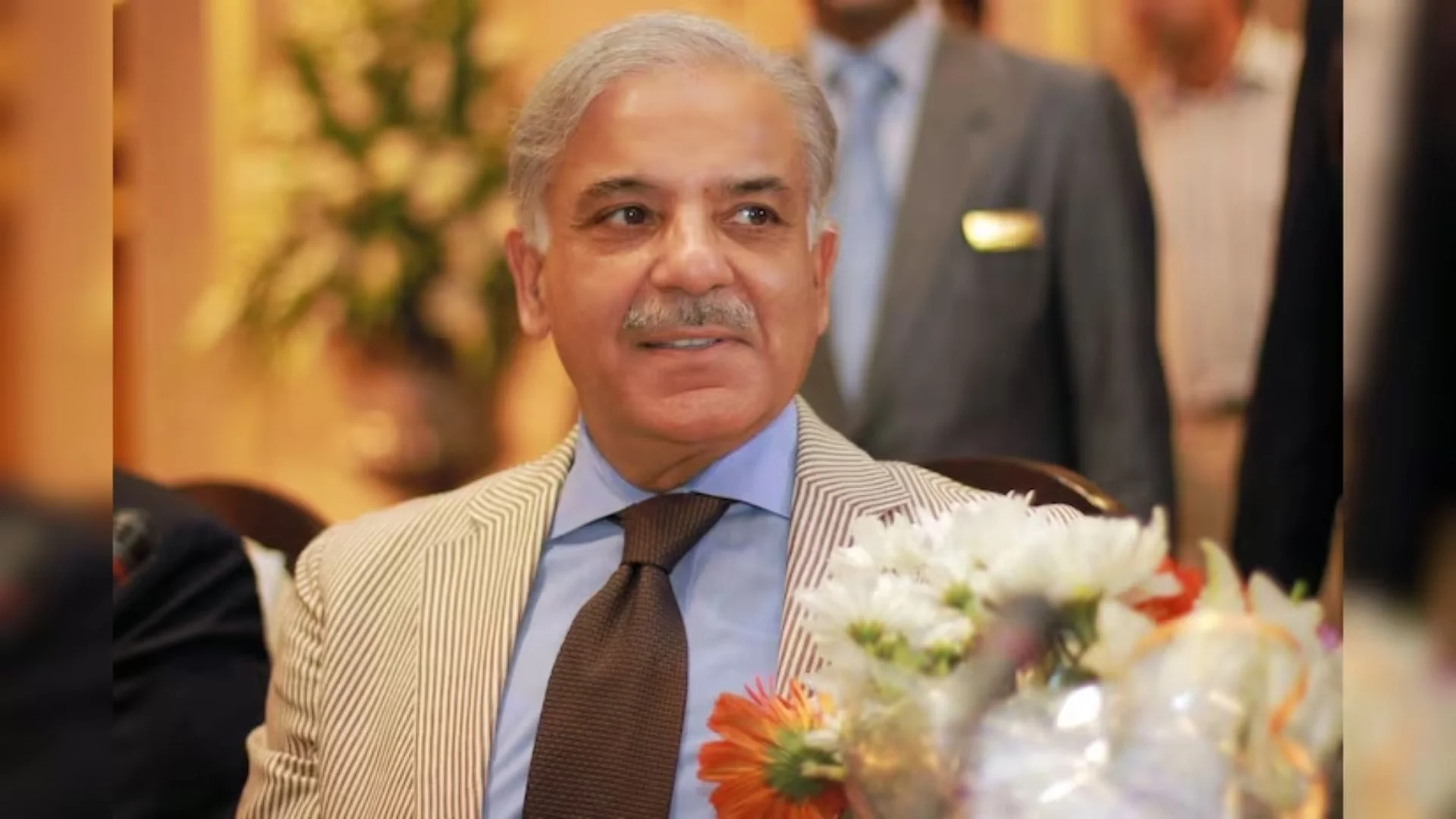India’s share in global trade has not kept up with its rapidly growing economy, causing the country to lose its competitive edge in manufacturing exports to smaller rivals like Bangladesh and Vietnam, according to a new report from the World Bank. The report highlights concerns over India’s declining trade in goods and services as a percentage of its GDP.
Decline in India’s Global Trade Share
The World Bank’s report points out that while India’s economy has expanded significantly, its share of global trade, particularly in manufacturing, has been decreasing over the past decade. The country’s global export share in key sectors such as apparel, leather, textiles, and footwear grew from 0.9% in 2002 to a peak of 4.5% in 2013, but this figure has since dropped to 3.5% in 2022. In contrast, Bangladesh’s share in these sectors reached 5.1%, while Vietnam’s stood at 5.9% in 2022.
Challenges and Opportunities
The World Bank suggests that India needs to address several challenges to regain its competitiveness. This includes lowering trade costs, reducing tariff and non-tariff barriers, and revising trade agreements. Nora Dihel, a senior economist at the World Bank, emphasized the need for immediate action, stating, “This is a call to action for India to focus on these areas.”
Government’s Manufacturing Ambitions
Prime Minister Narendra Modi aims to position India as a global manufacturing hub, especially as businesses diversify their supply chains away from China. The Indian government has invested billions in subsidies to attract investments in industries such as electronics and chip-making. However, India’s export sectors are increasingly capital-intensive and are not absorbing the millions of jobless individuals in the country. The World Bank estimated that employment related to exports fell from 9.5% of total domestic employment in 2012 to 6.5% in 2020.
Future Growth Outlook
Despite these challenges, the World Bank remains optimistic about India’s economic growth. It expects the economy to grow at a robust pace of 7% in the current fiscal year, with growth likely to average 6.7% in the subsequent years.







